I would like to draw a Venn Diagram really close to what the R Limma Package does.
In this case I have a set that does not overlap the two others. R package shows that with "0", but matplolib-venn draws another circle.
edit:
My 3 sets are:
- 9
- 7 8 9 10
- 1 2 3 4 5 6
My code is:
set2 = set([9])
set1 = set([7, 8, 9, 10])
set3 = set([1, 2, 3, 4, 5, 6])
sets = [set1, set2, set3]
lengths = [len(one_set) for one_set in sets]
venn3([set1, set2, set3], ["Group (Total {})".format(length) for (length) in lengths])
Thank you.
R Limma: https://i.ibb.co/h9yhgm1/2019-05-07-Screen-Hunter-06.jpg
matplotlib_venn: https://i.ibb.co/zx6YJbz/2019-05-07-Screen-Hunter-07.jpg
Fred
